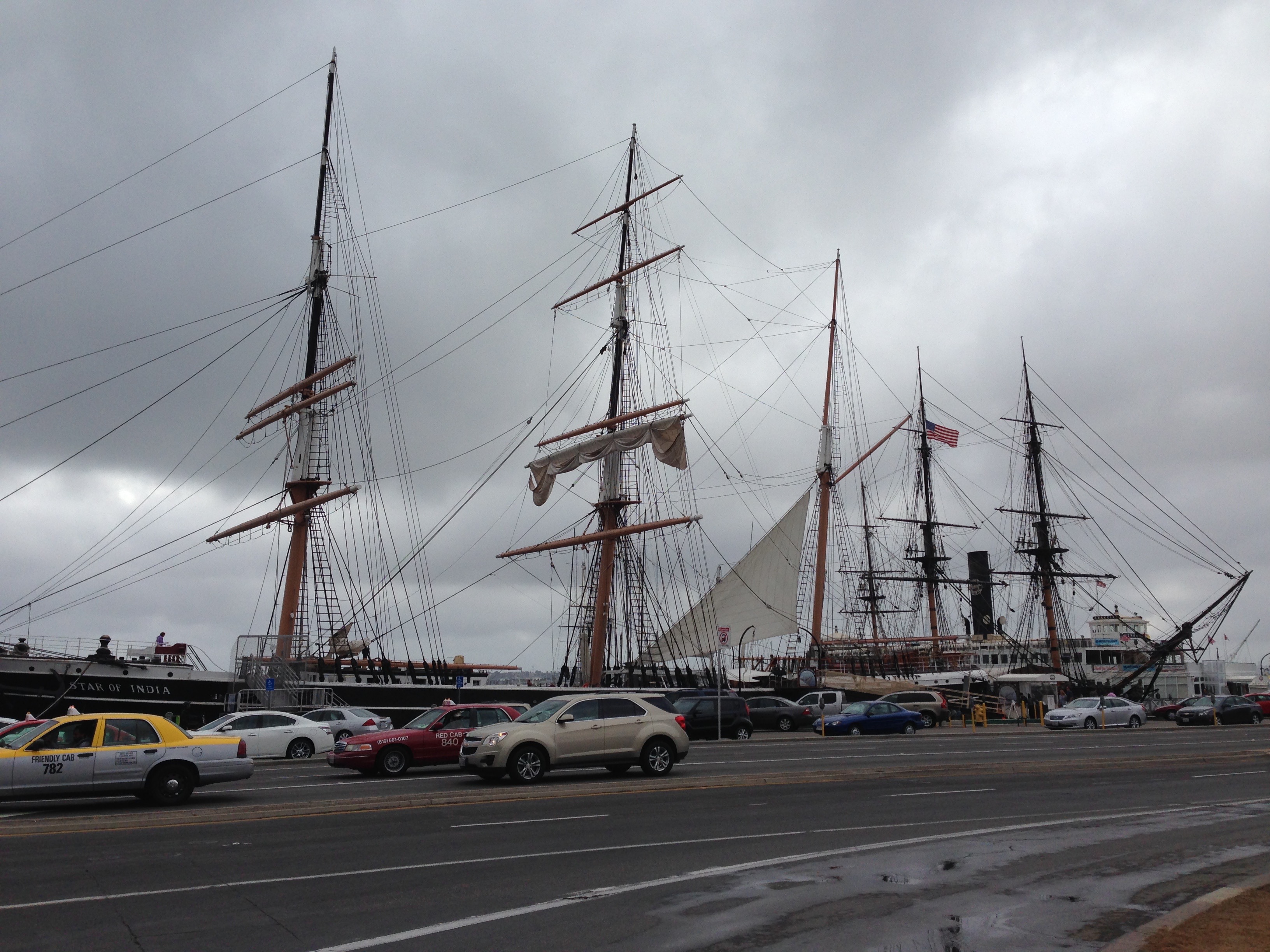Summary of the presentation on….
FLY, FIGHT, LEAD—WIN!
with
Rear Admiral Scott Conn
Admiral Scott Conn, the Commander of the Naval Aviation Warfighting Development Center, presented a fascinating briefing on the training conducted at the Fallon Naval Air Station. Conn pointed out that the Center teaches advanced methods of strike-fighter employment through various courses, including the famed “Top Gun” program. Personnel are trained in air-to-air and air to ground roles, as well as electronic warfare (EW), battle management, and airborne C2 (command and control) missions. The Fallon NAS provides advanced tactical training, not just for strike fighter aircraft like the FA-18E/F, but for E-2 Airborne Early Warning (AEW), EA-18G Airborne Electronic Attack and their MH-60 S/R helicopters as well.
A key point made by the Admiral was that the primary goal of the intense training conducted at the Center was to achieve “asymmetrical advantages”, specifically in graduating pilots and crews who possess superior tactical knowledge and capabilities than that of adversarial forces. As the Center’s guiding principal states, “Excellence is its own reward. Strive to be the best in the world in everything we do”. Or, as the Warfighting Development Center model states, “Fly, Fight, Lead– Win!”.
The Admiral traced the evolution of the missions performed at the NAS from the famed “Top Gun” in 1969 to the multiple missions performed by the Warfighting Development Center today. Pilots train on fighter aircraft, such as the F/A-18 (A-F); the EA-18G Growler, the F-16 A/B; and specialized aircraft, such as the E-2C (AEW), and MH-60 S/R helicopters. This is all conducted, Conn noted, in the Fallon NAS training area which encompasses more than 13,000 square miles, including four bombing ranges and six restricted areas! Training is conducted not just against inanimate objects, but involves “real world opposing forces”– pilots flying adversary forces fighter aircraft, EW platforms, and today, drones. Conn emphasized that training at Fallon is “real world driven”; that is, against notional adversarial forces with highly sophisticated air defense capabilities. Quite often training is also conducted in conjunction with Nellis Air Force Base to the south, in increasingly important joint operational missions.
While we cannot summarize the Admiral’s remarks in other areas that were “off the record”, Conn did respond to questions regarding recent challenges that U.S. military forces are encountering throughout the world. This includes Russian actions that threaten the Baltic States (which are part of NATO), including recent tactics that were highly unprofessional (barrel rolls near U.S. ships in the region). He also presented his observations on issues regarding the “Rules of Engagement” in conflict areas ranging from the South China Sea to the Middle East.
In all, a most professional and informative presentation! The link to Admiral Conn’s PowerPoint is below.

